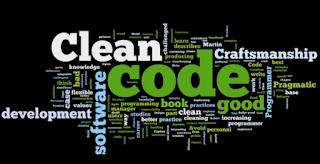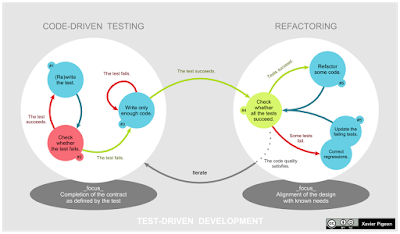
You are applying the agile, lean approach to your software product development.
Congratulations, you are applying state of the industry good practices.
To create an agile architecture, you must write agile-worthy code. Agile code is always clean code.
Start early, do it continuously, and soon your code will be clean, legible, and free of known defects.
